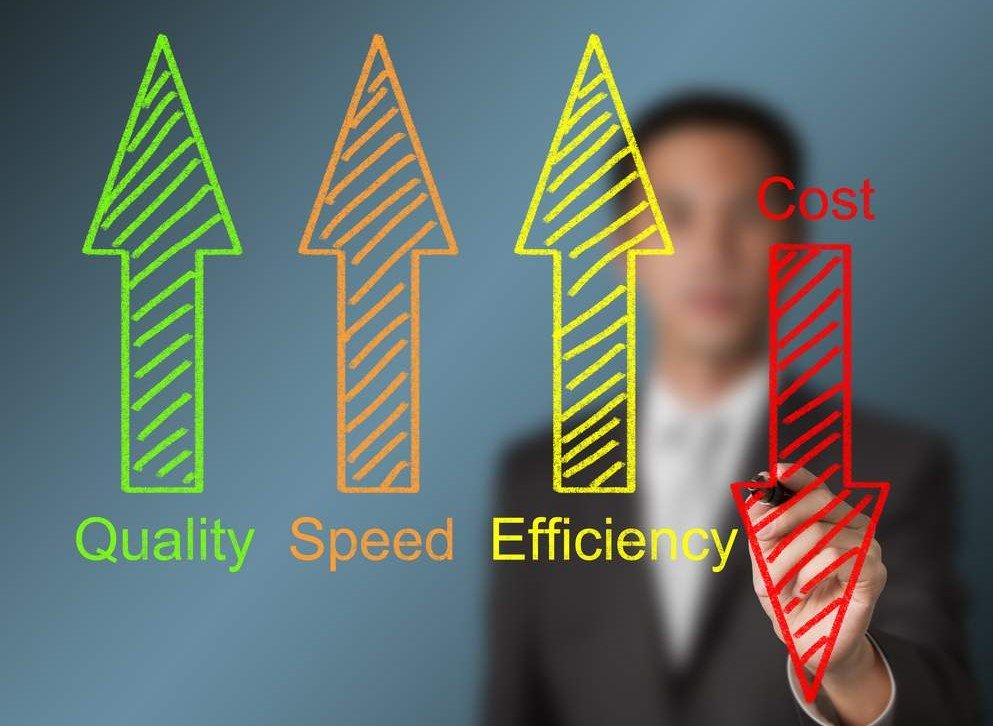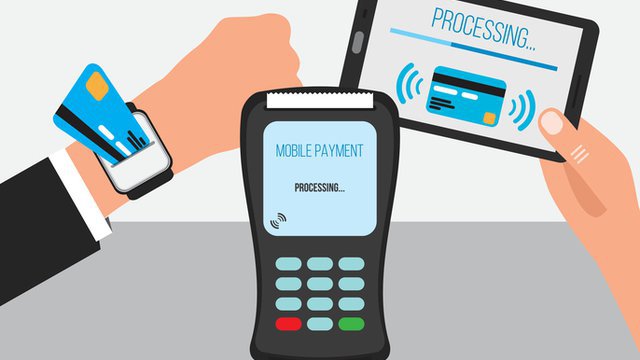
By Bill Novomisle
Innovation is not a class that many aspiring lawyers were offered as they were studying for their future profession. Nor is innovation something that many lawyers were taught at any point in their professional apprenticeships, training or careers. Nevertheless, innovation is one of the critical buzzwords of legal services in 2019 and has become one of the most desirable labels that a law department or law firm can brand themselves with. But what does innovation in legal services even mean? And where does someone begin on an innovation journey? To begin, we should first understand what we are talking about when we talk about innovation.
What is innovation?
Clayton Christensen, Harvard Business School professor and author of the foundational text, The Innovator’s Dilemma, put it best: innovation is a change in the process by which an organisation transforms labor, capital, materials, or information into products or services of greater value. One quick thing to note about this definition — innovation takes place in processes and drives value. This is not about creating “eureka” moments. Rather, innovation is about thinking about value, and how your organization creates it.
Professor Christensen goes on to explain that from this definition of innovation, there are three distinct types of innovation an organization can engage in: market-creating, sustaining and efficiency. Market-creating innovations create a market where there was not one before — which generally means serving consumers who either were ignored by the existing market or who could not access existing products because of complexity or cost. Sustaining innovation improves existing services and are typically targeted toward customers that are demanding better performance. These innovations add value to the services sold, while still fundamentally selling the same services, via the same channels, to the same customer base. Finally, efficiency innovations enable doing more with less. Efficiency innovations are about streamlining internal operational processes to improve profitability.
Innovation in legal services
So, what does this mean for legal services? If you are an entrepreneur, you may want to consider developing a market-creating innovation. There are many underserved legal needs around the world, which represents massive market-creating opportunities. And because the history of disruption teaches us that the greatest disruptions oftentimes originate in broad-consumer based products, it is worth keeping an eye on access to justice (A2J) and other initiatives that are rethinking how to bring law to average layperson consumer. However, most corporate/commercial lawyers are not interested in creating new markets for their legal services and most law firms and in-house departments are not structured to create new markets for legal services.
Sustaining innovation, on the other hand, is what the market for corporate legal services is lacking. Most corporate legal services are being met and the market is competitive and crowded. However, client satisfaction remains generally low, and corporate legal services remain expensive, complex and confusing. In response, many clients have demanded more efficiency and value from their lawyers (both in-house and law firm). In turn, there has been tremendous attention paid to efficiency in legal services. However, efficiency innovations, as noted, are about streamlining processes to improve profitability, while sustaining innovations is about generating additional value within the same basic category of service. This is the first problem with innovation in the legal services sector. Lawyers are hearing their clients asking for efficiency, but they are not listening to the root cause of their problem. Often times, even more than the cost of the legal services, clients are concerned about how long it takes for a lawyer to do their work, the complexity of the advice that is received which means more time and work for the client to use the work product, or clients are concerned about the lack of transparency in the cost of their legal matters. Thus, one common sustaining innovation that many law firms offer their clients are free secondment placements of associate legal talent in exchange for providing the law firm with a significant amount of billable hour work. While nice, secondment placements do nothing to make the other work they perform accessible, predictable or affordable. Although lawyers are hearing about the need for innovation and the need for efficiency, they are often missing the root cause of their clients’ concerns.
Efficiency innovation is relatively straightforward for in-house departments. Efficiency improves capacity and throughput of a legal department. Since an in-house department is a cost-center rather than a profit center, any improvement in efficiency of the law department directly improves the profitability of the corporation. Law firms are different — if the firm is primarily structured on a billable hour, efficiency in the delivery of legal services only means that the firm will sell less of its time to its client. Of course, law firms are highly motivated and incentivized to be efficient in their back-office functions (marketing, business development, finance, etc.) because efficiency innovation in the back office directly improves the profitability of the law firm. And there is a lot of activity, using both technology enhancements and process improvements, that lawyers on all sides are undertaking to drive efficiency in the work they perform (see, eg, KPM), but more work on this front remains to be done.
How to get started with innovative legal services
If legal services are going to be serious about innovation, the journey must begin with the voice of their customer (either existing or from the market they wish to create). If your customer wants an easier to use work-product, lawyers should utilize design-thinking principles to develop plain-language tools that empower non-lawyers to be a sophisticated consumer of legal advice. This may mean giving your client a flow-chart rather than a memo. Or it may mean creating a one-page summary with the key terms and saving all of the detailed legal terms which are managing mostly hypothetical risks to an attached appendix or summary. If your customer wants cheaper legal services, the challenge for their lawyer is to abandon the billable hour and replace it with technology-enabled solutions that are still sold at a profitable price. In the end, innovation is about re-imagining processes to generate value and value is about listening to clients and focusing lawyers’ efforts on clients’ demands rather than the lawyers’ skills.
Getting started with innovation does not need to be daunting or expensive. It often times just starts with a conversation. If you are interested in learning more about how to create a culture of legal services innovation in your organisation, please contact Titus Rahiri or Bill Novomisle to learn more.
 Bill Novomisle is a senior litigator turned legal operations specialist with over eight years’ experience in legal innovation roles. Bill has worked for both in-house departments and law firms across Hong Kong, China (Shanghai), India, Canada, and the USA designing and implementing various process and technology based initiatives. His clients span a wide variety of industries including TMT, heavy equipment manufacturing, consumer goods and financial services. Bill has a keen interest in the transformation of the legal profession and elevating the role that lawyers’ play in the strategy and operations of their corporate clients.
Bill Novomisle is a senior litigator turned legal operations specialist with over eight years’ experience in legal innovation roles. Bill has worked for both in-house departments and law firms across Hong Kong, China (Shanghai), India, Canada, and the USA designing and implementing various process and technology based initiatives. His clients span a wide variety of industries including TMT, heavy equipment manufacturing, consumer goods and financial services. Bill has a keen interest in the transformation of the legal profession and elevating the role that lawyers’ play in the strategy and operations of their corporate clients.

































 Titus Rahiri
Titus Rahiri







